GĐXH - Patients working in an environment with direct contact with contaminated soil and water have created favorable conditions for bacteria that cause Whitmore disease.
On November 20, information from the Central Hospital for Tropical Diseases said that this unit had just received a critically ill patient with Whitmore's disease.
Accordingly, the patient is Mr. LSH (36 years old in Thanh Hoa ). Medical history shows that the patient works as an excavator and has a history of diabetes that was discovered a year ago but was not regularly monitored and treated.
About 3 weeks before being hospitalized, the patient had symptoms of prolonged fever, accompanied by body aches and pains, so he bought fever-reducing medicine and took it at home for 10 days but it did not help.
He then went to a local health facility and was prescribed medication as an outpatient. However, his condition did not improve, and his fever continued to rise and his difficulty breathing became more severe.
At the provincial hospital, the patient was diagnosed with septic fever, intubated, put on a ventilator and put on continuous blood filtration. Blood culture results confirmed the bacteria Burkholderia pseudomallei, the causative agent of Whitmore's disease.
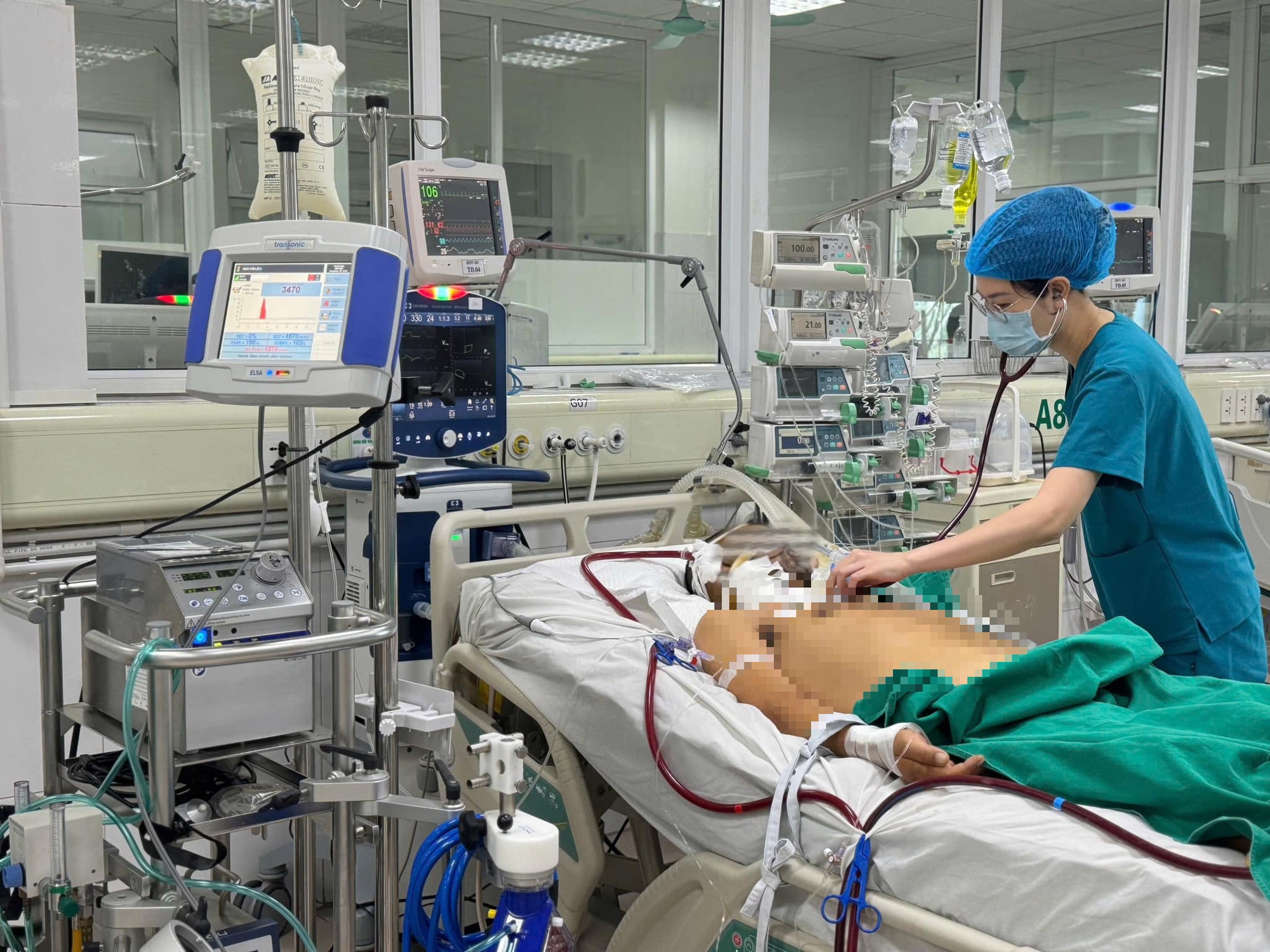
The patient is receiving intensive treatment at the hospital. Photo: BVCC.
After 6 days of intensive treatment but without much improvement, the patient was transferred to the Central Hospital for Tropical Diseases with the diagnosis: Septic shock - Multiple organ failure - Sepsis caused by B.pseudomallei/diabetes
At the Emergency Department of the Central Tropical Hospital, the patient was treated with a combination of antibiotics, antifungals and continuous blood filtration. However, after only a few days, he developed subcutaneous emphysema in the neck and chest area. X-ray and CT scan results revealed pleural and mediastinal emphysema, causing acute cardiac tamponade.
The patient underwent mediastinectomy to relieve the pressure. However, the patient's respiratory and circulatory conditions did not improve, and he was placed on VV ECMO (extracorporeal membrane oxygenation) for support.
The patient was then transferred to the Intensive Care Unit in a state of septic shock, multiple organ failure (including liver failure, kidney failure and respiratory failure), vasomotor maintenance, and continuous blood filtration.
Bronchoscopy revealed a lot of pus and pseudomembranes covering the bronchial mucosa, a serious consequence of Whitmore bacteria causing lung damage.
MSc. Dr. Le Thi Huyen, Department of Intensive Care, said that the patient worked in an environment in direct contact with contaminated soil and water, combined with an underlying condition of uncontrolled diabetes, which created favorable conditions for bacteria to cause the disease. Whitmore is a dangerous disease that progresses silently, often in a subacute form with atypical symptoms such as prolonged fever. This makes it difficult for patients to recognize and access early treatment.
" Currently, the patient still has to use VV ECMO and continuous blood filtration. Circulatory function has improved when vasopressors are no longer needed, but lung function is still very weak and requires active monitoring and support. The patient's kidney condition has shown signs of improvement, but blood filtration is still needed ," Dr. Huyen informed.
According to doctors, there is currently no vaccine to prevent Whitmore disease, so the main preventive measure is to avoid direct contact with contaminated soil and water sources. Do not bathe, swim, or dive in polluted ponds, lakes, or rivers. Ensure personal hygiene, wash your hands frequently with soap and clean water, especially before and after preparing food, before eating, after using the toilet, and after working in the fields.
When there is an open wound, ulcer or burn, avoid contact with potentially contaminated soil or water. If contact is unavoidable, use a waterproof bandage and wash thoroughly to ensure hygiene.
In particular, people with underlying diseases such as diabetes should limit direct contact with contaminated soil and water. If working in a high-risk environment, full protective gear, including gloves, boots and protective clothing, is required.
When experiencing unusual symptoms such as prolonged fever, you should immediately go to a medical facility for examination and timely treatment. Avoid self-medication which can cause negative complications affecting your health.
Source: https://giadinh.suckhoedoisong.vn/sot-cao-lien-tuc-nguoi-dan-ong-36-tuoi-nguy-kich-vi-can-benh-nguy-hiem-nay-172241120123259616.htm



![[Photo] General Secretary To Lam receives Vice President of Luxshare-ICT Group (China)](https://vphoto.vietnam.vn/thumb/1200x675/vietnam/resource/IMAGE/2025/11/15/1763211137119_a1-bnd-7809-8939-jpg.webp)
![[Photo] Prime Minister Pham Minh Chinh meets with representatives of outstanding teachers](https://vphoto.vietnam.vn/thumb/1200x675/vietnam/resource/IMAGE/2025/11/15/1763215934276_dsc-0578-jpg.webp)


![[Photo] Panorama of the 2025 Community Action Awards Final Round](https://vphoto.vietnam.vn/thumb/1200x675/vietnam/resource/IMAGE/2025/11/15/1763206932975_chi-7868-jpg.webp)


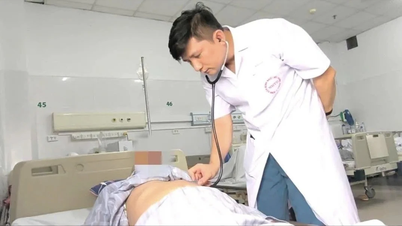



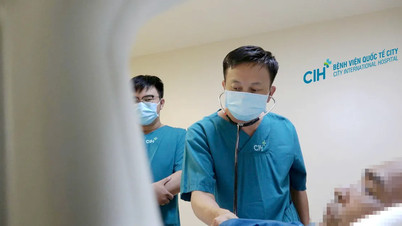







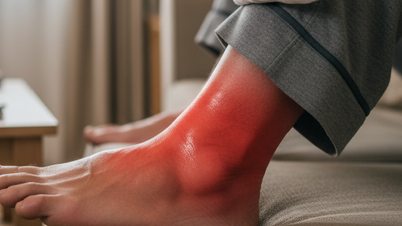
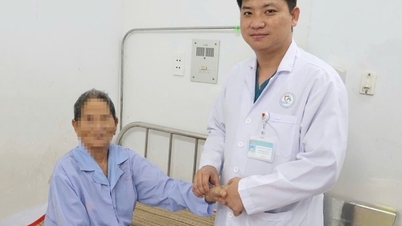

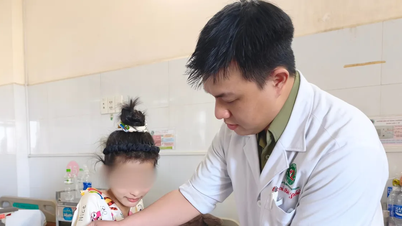
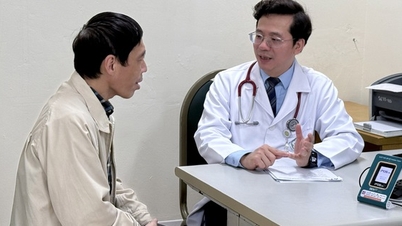
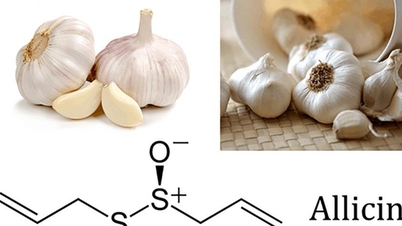










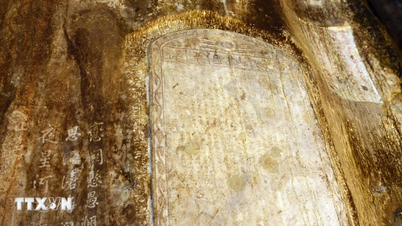



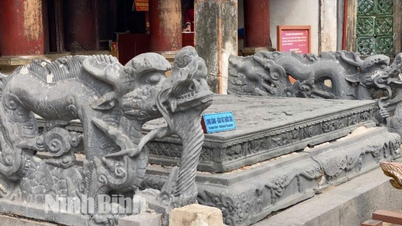
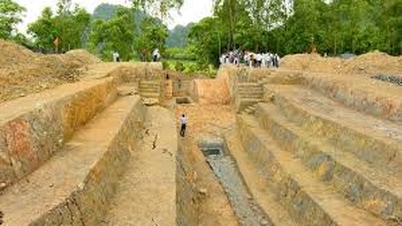










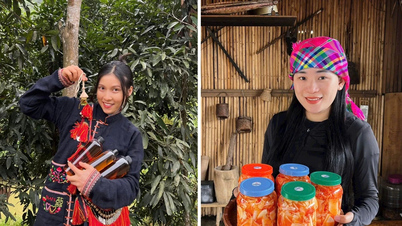




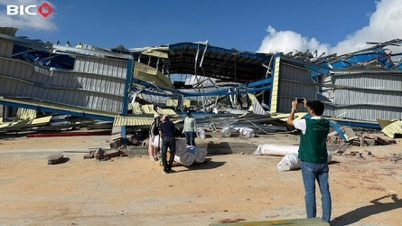





























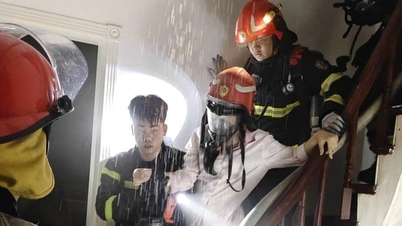











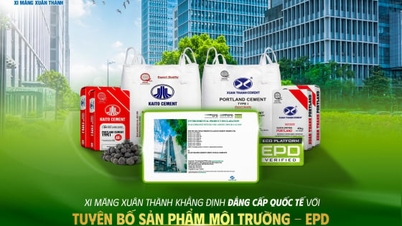








Comment (0)